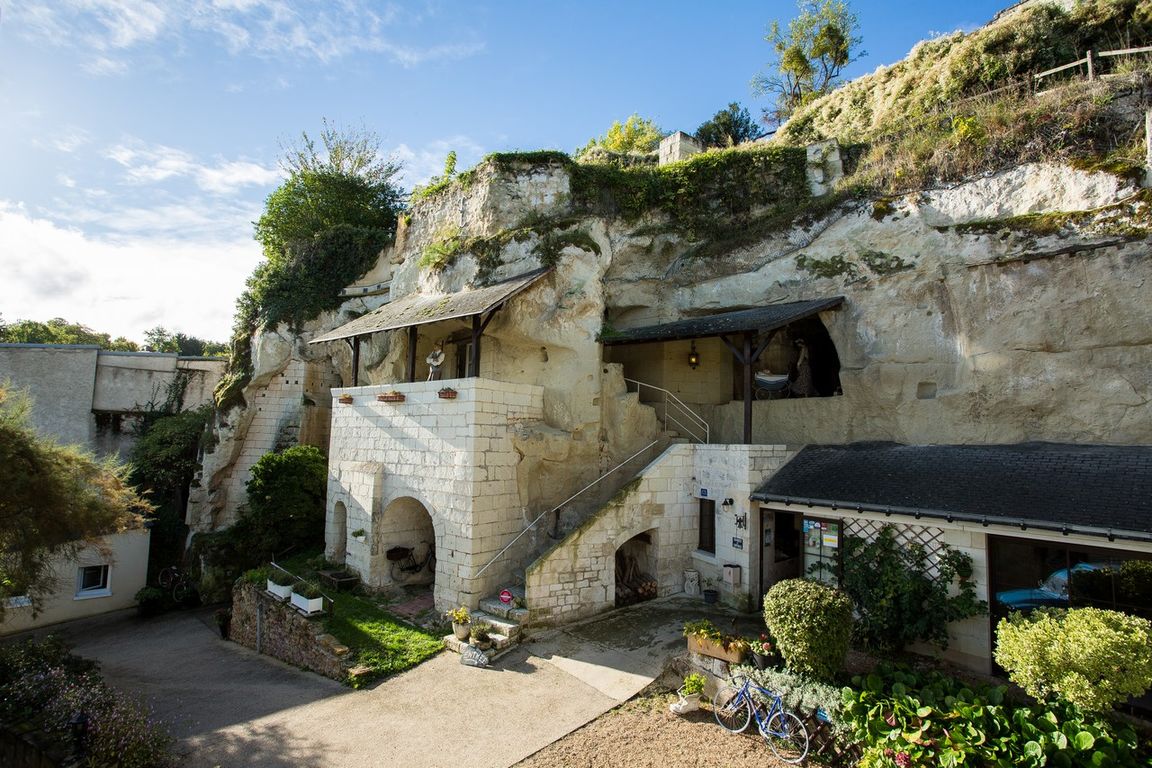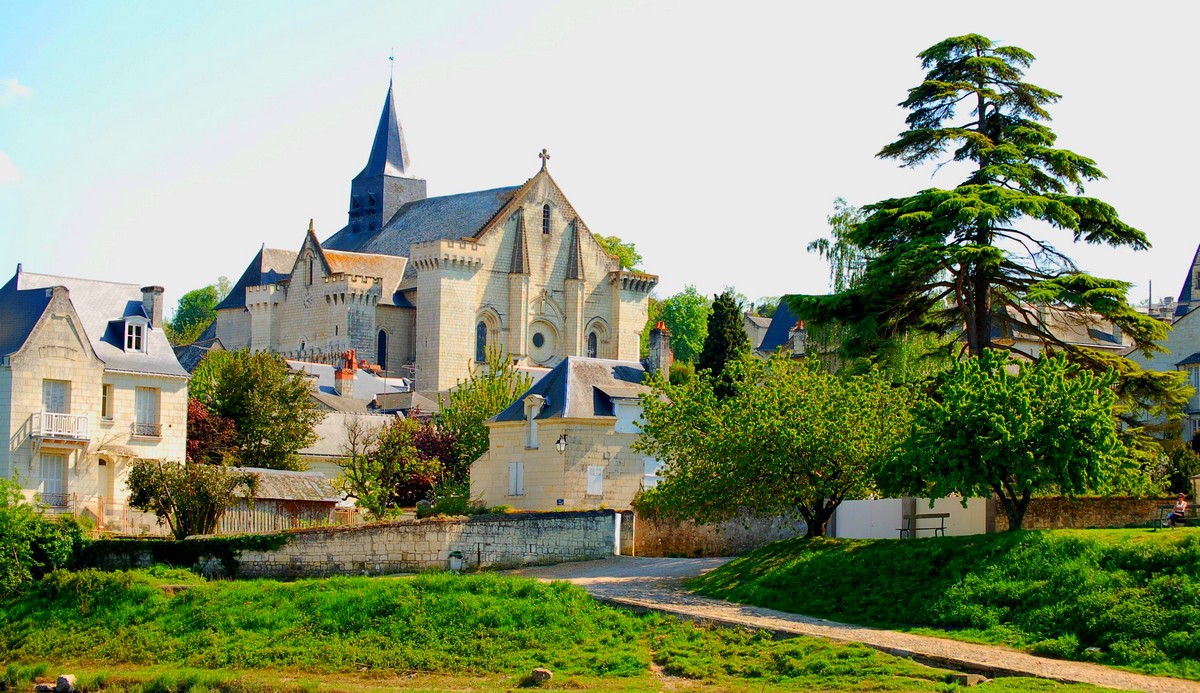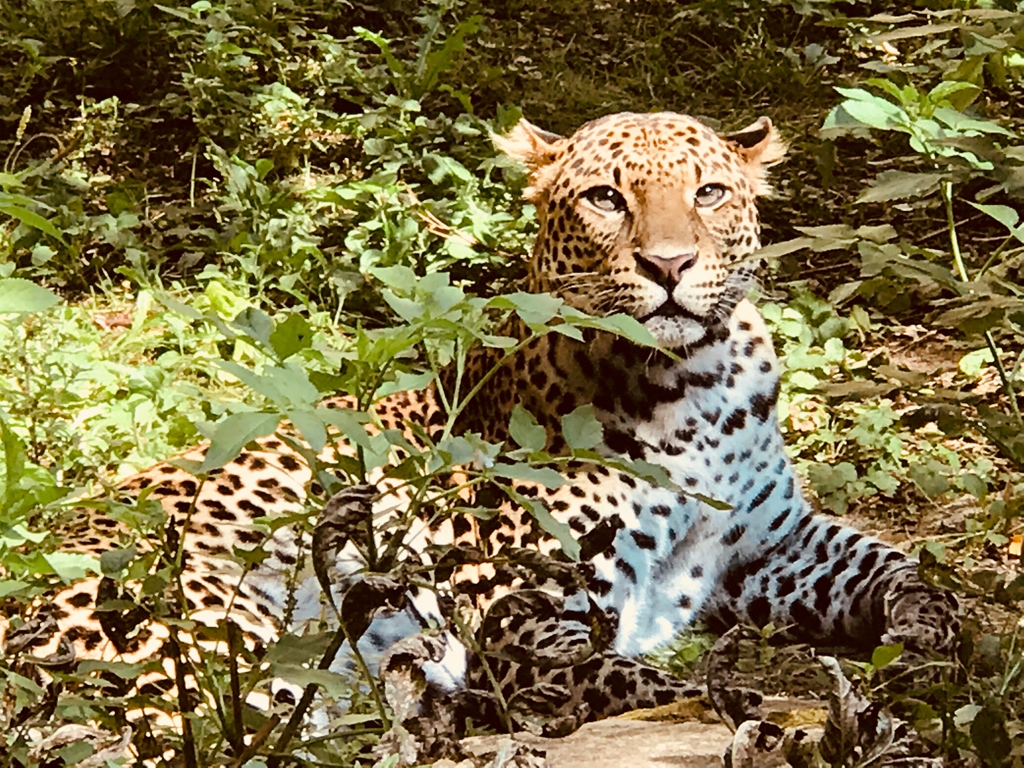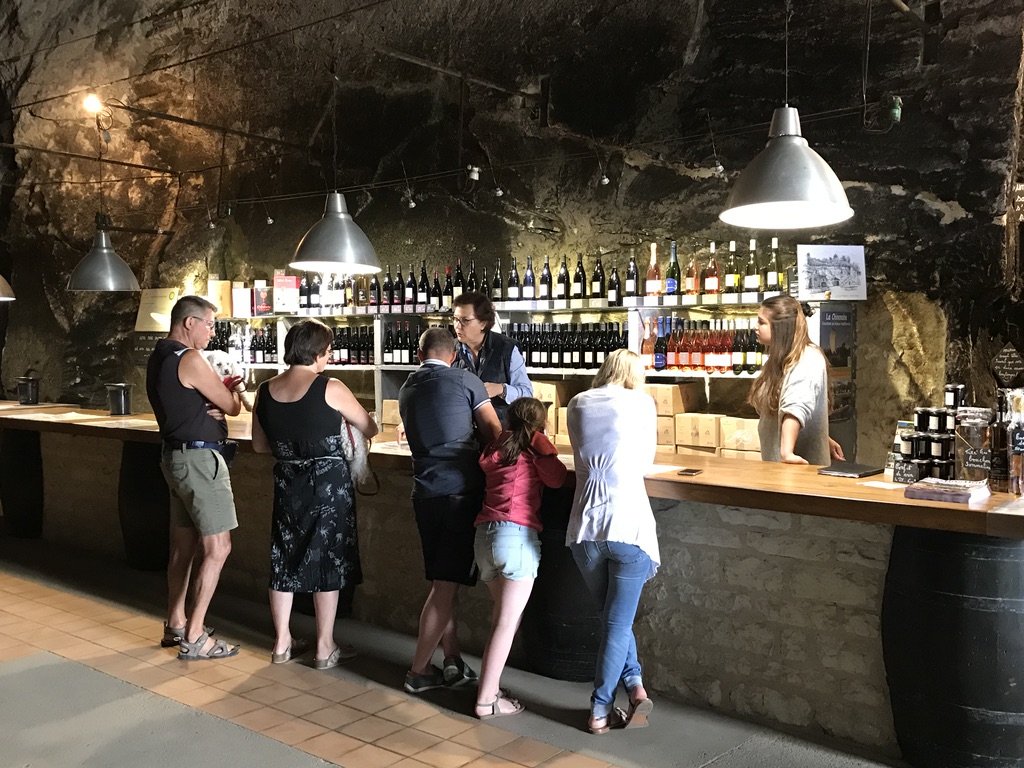- 02 41 38 11 11
- 4 rue Jehanne d'Arc, 49730 Montsoreau

The Saumur region has probably the most important troglodyte heritage in the world, and Turquant is distinguished by its remarkably well-preserved coastal troglodytes.
As part of the protection and promotion of this exceptional heritage, a unique project to create a craft village has been launched; it has enabled the commune to integrate its tourist development in the Saumur region through the image of crafts.
Turquant has shown its willingness to support the creation and installation of professional craftsmen (stone, metal, clay, glass, mosaic and fire arts) in the village, in collaboration with local institutions.
to rehabilitate the troglodytes in order to develop a permanent economic activity based on arts and crafts,
to be a pilot site on an international scale in the development of troglodytes,
to create a marketing centre for art and craft products.
Thus, the project for the installation of craftsmen was carried out in two parts:
- the installation of craftsmen outside the troglodytic hillside
- the installation of craftsmen within the troglodytic hillside as soon as the development of the caves was completed
Within the framework of this operation, a programme of discovery visits and themed activities has been set up and will be a tool for the entire hillside from Montsoreau to Saumur.
To discover the different craftsmen of Turquant, stroll through the streets following the small white steps painted on the ground which will guide you to the workshops to be discovered.
The Cave aux Sculptures de Dénezé-sous-Doué, a unique work of art in the West, is located in the heart of an important troglodytic site. The origin of these sculptures is shrouded in mystery… The archives have not yet provided sufficient clues to allow us to state conclusively that the sculptures are contemporary with the 16th, 17th or 18th century. The figures, carved in the round, are intertwined in a gigantic sculpted cartoon. Grimacing figures and angelic faces, sumptuous costumes and naked bodies, deformed giants and puny creatures intermingle without concern for proportions, in a caricatured and truculent frieze.


Covering an area of 14 hectares, the BIOPARC can be visited on two geographically organised levels and is structured around islands and large animal areas. Its pathway is unique and the troglodytic nature of the site gives it a cool atmosphere, pleasant in the middle of summer. More than a thousand animals have found an exceptional natural setting here, dedicated to the protection of endangered species. Tunnels dug entirely in the rock allow you to pass from one universe to another.
The best known is, without a doubt, the troglodytic valley of Goupillières. This site allows you to discover the life of the peasants of the Middle Ages who lived in these troglodytic farms. In the middle of an exceptional natural setting of two hectares, discover the Tourangeau habitat dug into the tufa rock and admire the wells, bread ovens, the cowshed, the grain silo, the underground refuge and the farm animals. An educational trail for children allows you to discover the troglodytes with your family. Admire also the peasant vegetable garden and the Touraine vineyard.
A bit of history …
In 1962, a little boy of 10 years old, Louis-Marie CHARDON, came to play in a wonderful exploration ground. His father André CHARDON had just acquired this property to enlarge the family tree farm. Only the land on the hillside was planted with apple trees and the part situated in the valley was left abandoned in a thicket of brambles. Little by little, Louis-Marie discovered troglodytic dwellings and the idea of restoring all this was born.
In 1982, Louis-Marie inherited the site and immediately set to work in his spare time, in addition to his job as an arborist, and discovered the 53rd and last known underground refuge in Touraine.
15 years later, the site was brought back to life… The Troglodytic Valley of Goupillières was born and Louis-Marie CHARDON opened it to the public in 2000.
Tuffeau, the gold of Touraine
From the Middle Ages until the last century, Tourangeaux farmers lived in these troglodytic farms.
At that time, people of little means had only their arms for wealth and started to dig the tufa slopes to make their living environment and extract this beautiful limestone which will be used for centuries for the construction of the beautiful residences and castles of the Loire.
All the peasants were quarrymen and worked at extracting the tufa stone to build the châteaux.


The Painctes cellars
in the heart of the city centre of Chinon. This historic place is mentioned in the works of François Rabelais. It is run by the Syndicat des Vins and the Entonneurs Rablaisiens brotherhood.
Deep underground network that goes under the castle-fortress of Chinon, discover these old quarries transformed into cellars from the 15th century in which the spirit of Rabelais is still present.
The guided tour lasts about an hour: you start with a twenty-minute video presentation of the Chinon AOC, followed by a twenty-minute visit to the cellars and ending with a twenty-minute tasting of 3 or 4 Chinon AOC wines (one white, one rosé and 2 reds).
The Monplaisir cellar
Unique in the Loire Valley, it is an old underground quarry of more than 2500m2 from which were extracted the quarters of tuffeau from which the numerous castles, dwellings and manors of the region were built. Following a centuries-old Touraine wine-making tradition, it has been converted into a storage cellar for ageing wine. Take a walk through its impressive galleries, which contain more than 700 barrels and tens of thousands of bottles of the greatest wines of Chinon!


